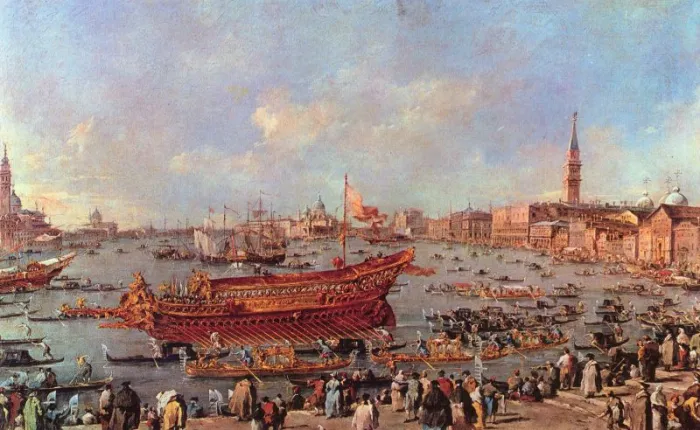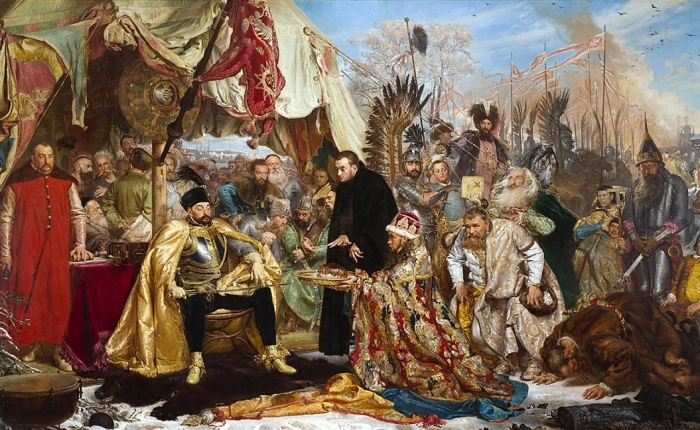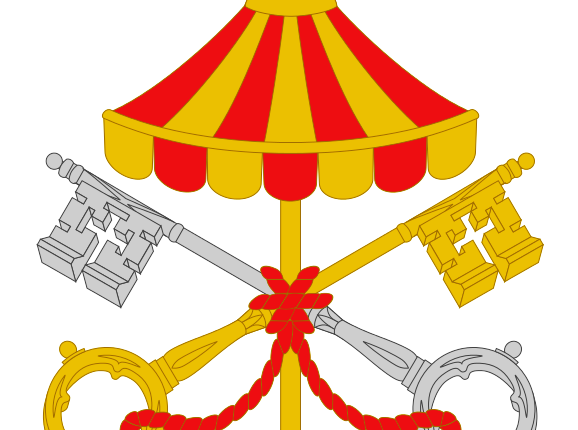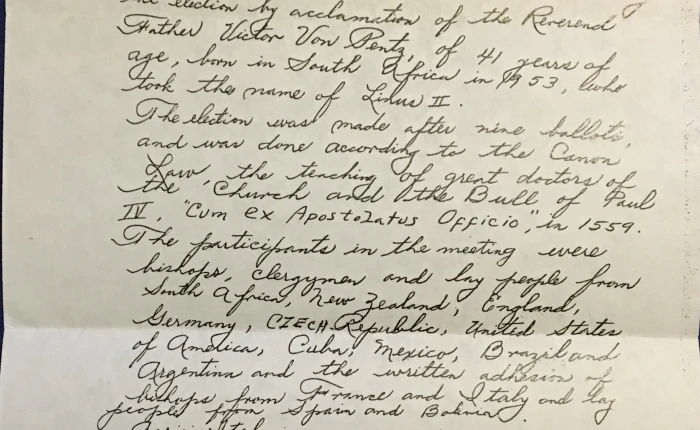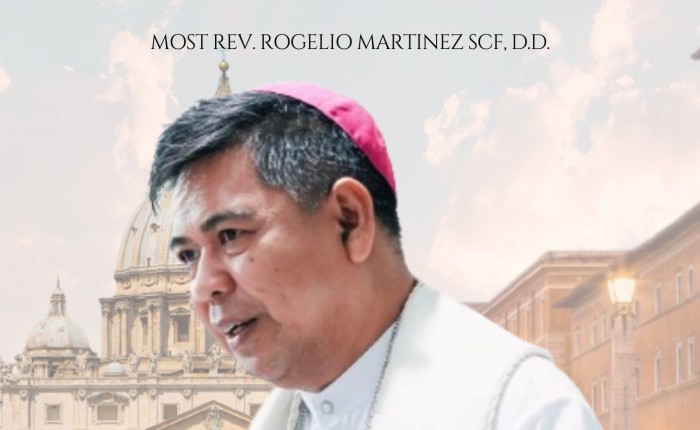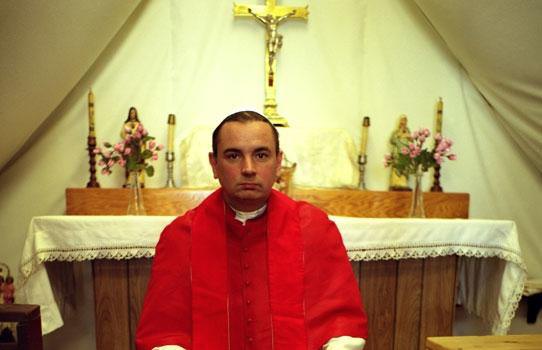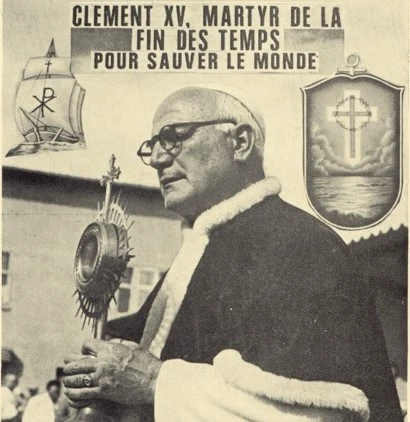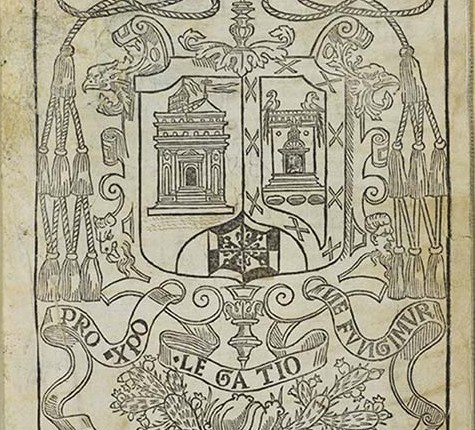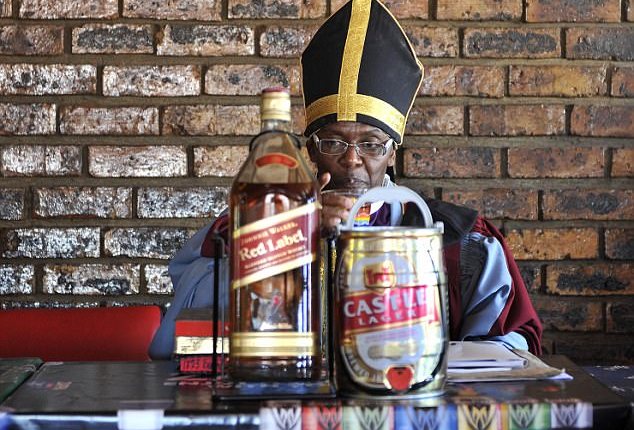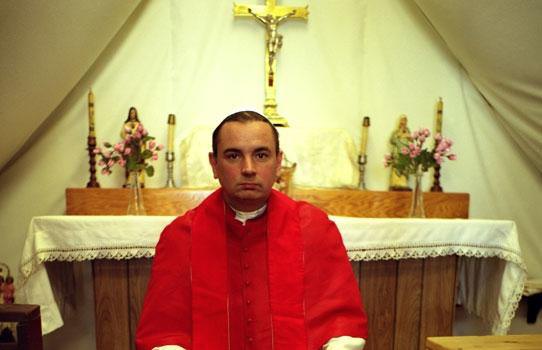I’m Magnus Lundberg, Professor of Church and Mission History in the Department of Theology, Uppsala University, Sweden. Through the years, much of my research has focused on colonial Latin American church history. Still, from 2015 onwards, I have devoted much time to the study of Catholic traditionalism, Fringe Catholicism and New Religious Movements with Catholic roots, especially modern alternative popes (“antipopes”).
On this website, I publish research papers and drafts on topics that are of interest to me. Most of the articles are in English, but some are in Spanish or in my mother tongue, Swedish. Some have been published elsewhere (as books or articles), but here they are available open-access. Some texts are written exclusively for this site.
Contact: magnus.lundberg@teol.uu.se
For more information on my research and publications, see the “about-section”
For my series of articles on the Palmarian church, see the Palmarian page
For my series of articles on modern alternative popes, see the Pope page
For articles and monographs on Latin American church history, see the Church and Mission Studies page
For a great non-academic interest of mine, see the fountain pen pages. This part of the website is in Swedish. Om du är intresserad av äldre pennor är du välkommen att besöka den del av sidan som behandlar reservoarpennor.
